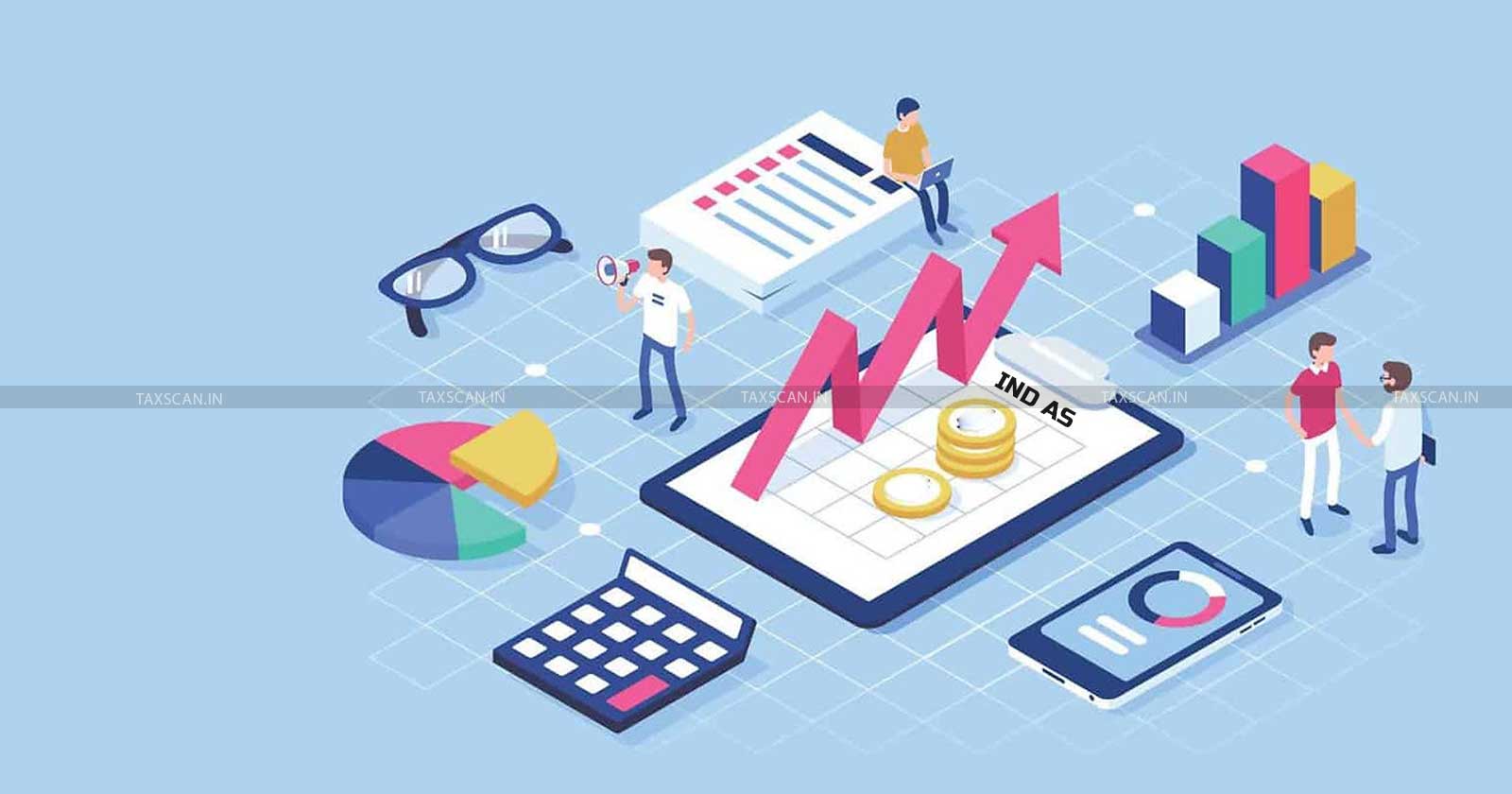Revenue Recognition under Ind AS 115: Common Errors and How to Avoid Them
Ind AS 115 provides a five-step model for accurately recognizing revenue from customer contracts, focusing on contract identification, performance obligations, transaction pricing, and timing of recognition

Revenue plays a crucial role in the financial health of any business. It represents the total amount of money a company earns from its core operations, such as selling goods, providing services, or using its assets in ways that generate income. The accurate recognition of revenue is key to ensuring transparency and trust in a company’s financial statements.
Introduction
Ind AS 115, "Revenue from Contracts with Customers," is an accounting standard that sets out the principles for recognizing revenue from customer contracts. It introduces a five-step model for revenue recognition, designed to ensure that entities deliver relevant information to users of financial statements about the nature, amount, timing, and uncertainty of revenue and cash flows from these contracts.
3000 Illustrations, Case Studies & Examples for Ind-AS & IFRS, Click Here
Recognition of revenue
a)Identify the Contract with the Customer
A contract is an agreement between a company and its customer that explains what each party is responsible for. For it to be valid, it must be enforceable, and both sides should clearly understand what goods or services will be delivered.
b)Identifying Performance Obligations
When a business enters a contract, it must identify the goods or services it promises to deliver. Each promise is a performance obligation if it involves transferring a good or service. These promises can be clearly stated or implied by business practices. A good or service is distinct if the customer can use it on its own or with other available resources. If it's not distinct, multiple goods or services are grouped together as one obligation. Examples include selling goods, reselling rights, or performing tasks for the customer.
c)Determining the Transaction Price
The transaction price is what the company expects to receive for fulfilling a contract. This can include things like discounts, rebates, or performance bonuses, which can change based on certain conditions.
d)Allocating the Transaction Price
If a contract includes more than one promise,like selling a product along with installation services, you need to split the total price between those promises. But you can’t just guess or split it evenly. You have to base the split on what each item or service would cost if sold separately (the "standalone selling price").
e) Recognize Revenue When Control Transfers
Revenue is only recognized when the customer takes control of the product or service. Control means the customer can use or benefit from it. Depending on the contract, control can pass at a specific moment or gradually over time.
3000 Illustrations, Case Studies & Examples for Ind-AS & IFRS, Click Here
Common Errors and How to Avoid Them
When implementing Ind AS 115, businesses often make common mistakes that can affect their revenue recognition accuracy. One frequent pitfall is missing the contract altogether, such as relying on verbal agreements or informal arrangements instead of clear, documented contracts. Another issue is overlooking performance obligations—failing to recognize all distinct goods or services promised to customers can lead to incorrect revenue reporting. Additionally, businesses sometimes misjudge the transaction price by neglecting variable amounts like discounts or performance bonuses, which can result in inaccurate estimates. Allocating the transaction price wrongly is another common error, often by dividing it without considering the standalone selling price of each item or service. Lastly, misjudging the timing of revenue recognition—whether too early or too late—can cause discrepancies, especially when control of goods or services transfers to the customer. To avoid these mistakes, businesses should ensure contracts are formal, performance obligations are clearly identified, variable considerations are accurately accounted for, prices are allocated fairly, and revenue is recognized when control is truly transferred to the customer.
Complete Ready to Use PDFs of 200+ Agreements Click here
Conclusion
Implementing Ind AS 115 goes beyond just accounting—it requires a clear understanding of business contracts and customer relationships. By correctly identifying performance obligations, accurately estimating prices, and recognizing revenue on time, companies can avoid mistakes and improve their financial reporting.
To ensure success, businesses should focus on regular training, strong documentation, and clear communication across teams. This approach will help prevent errors, while also building trust with investors and regulators.
Support our journalism by subscribing to Taxscan premium. Follow us on Telegram for quick updates


